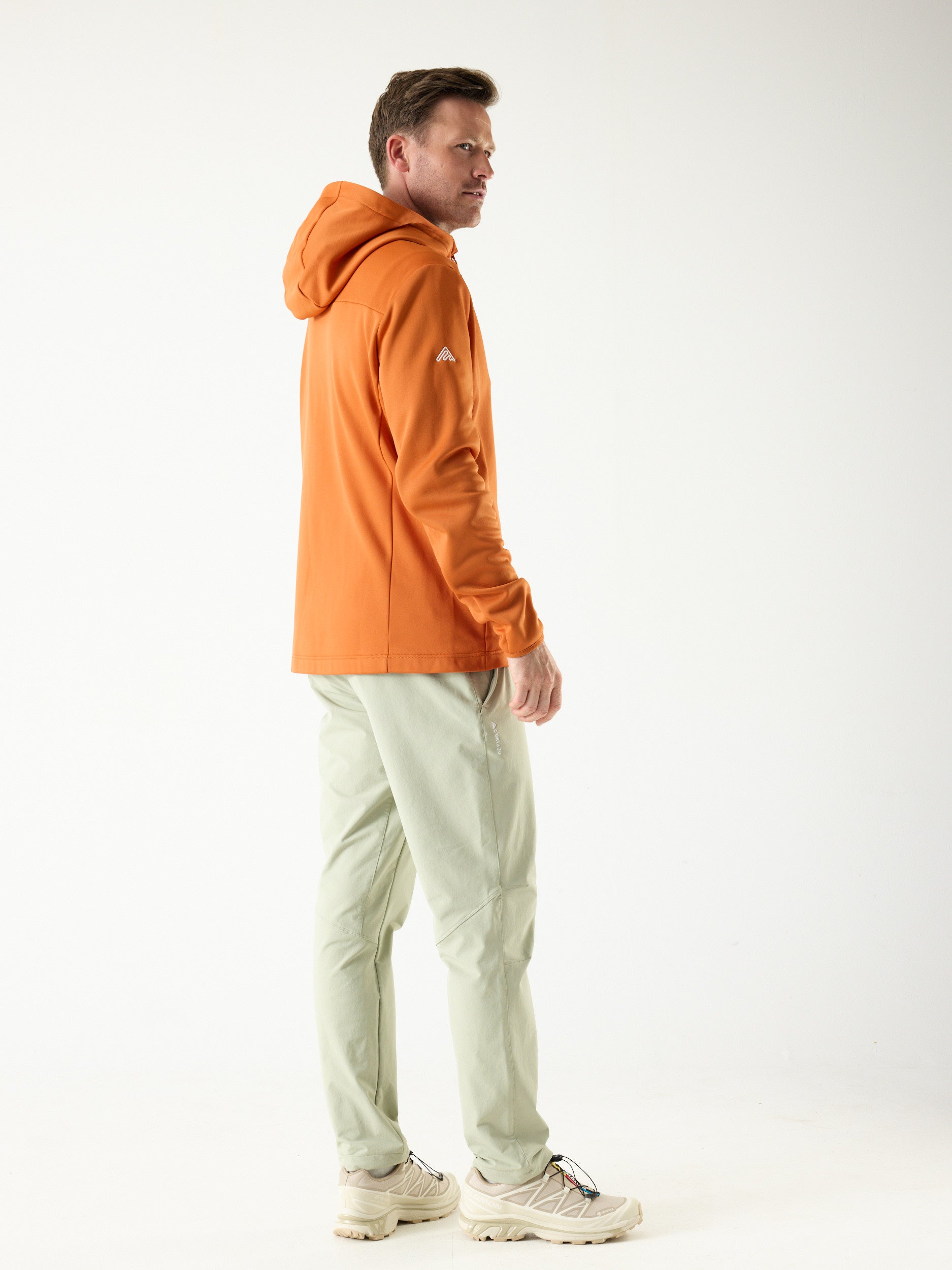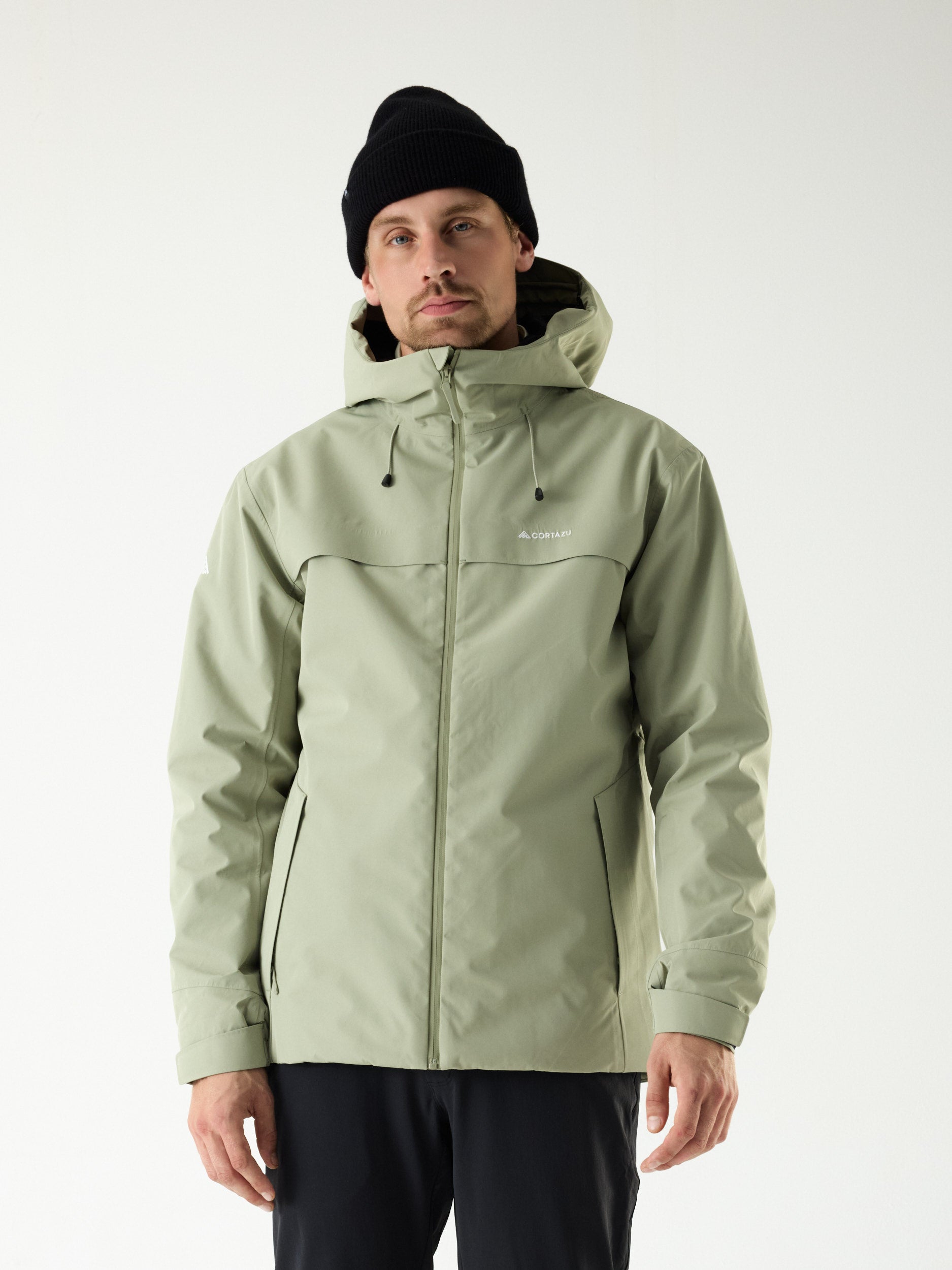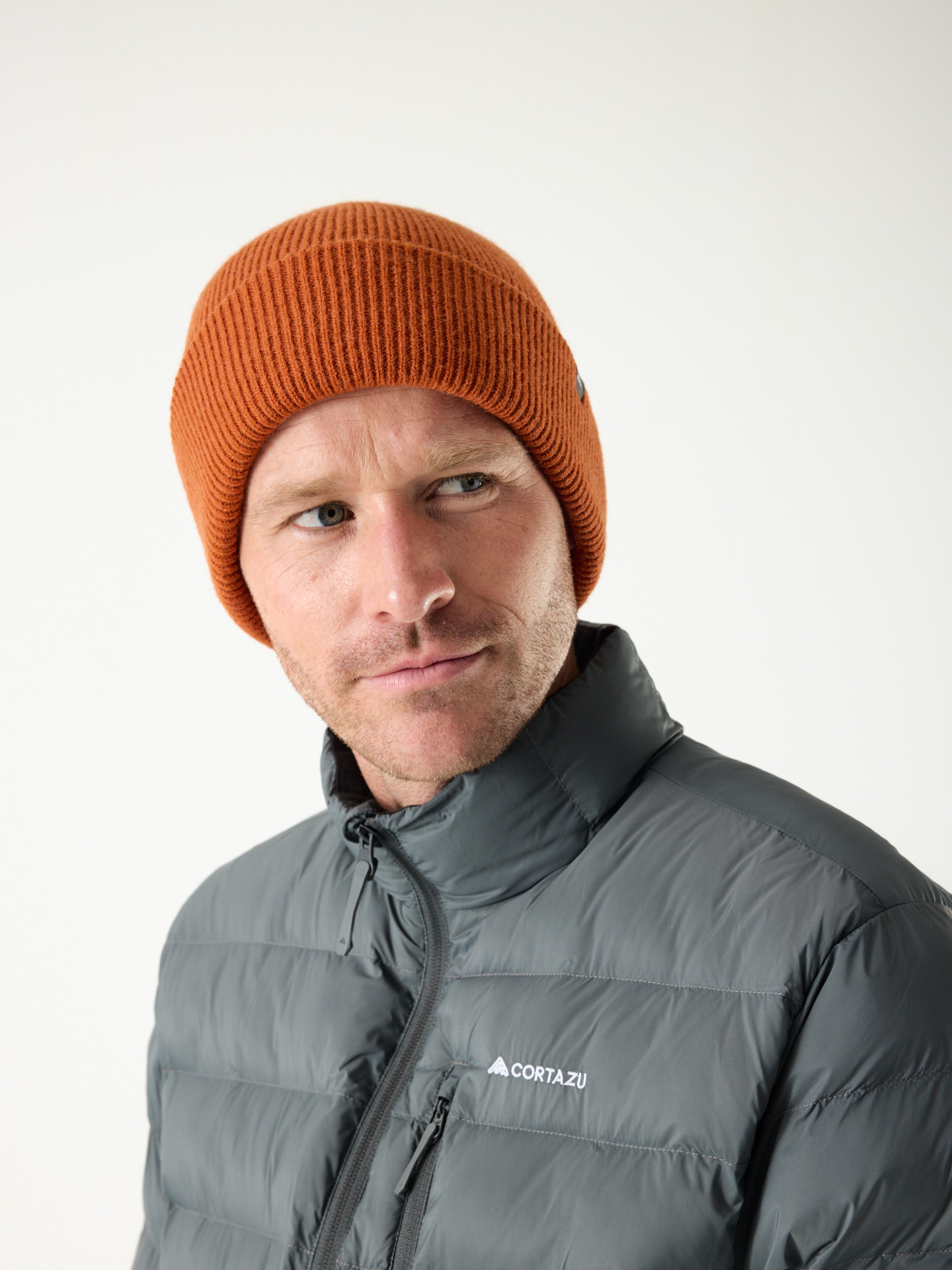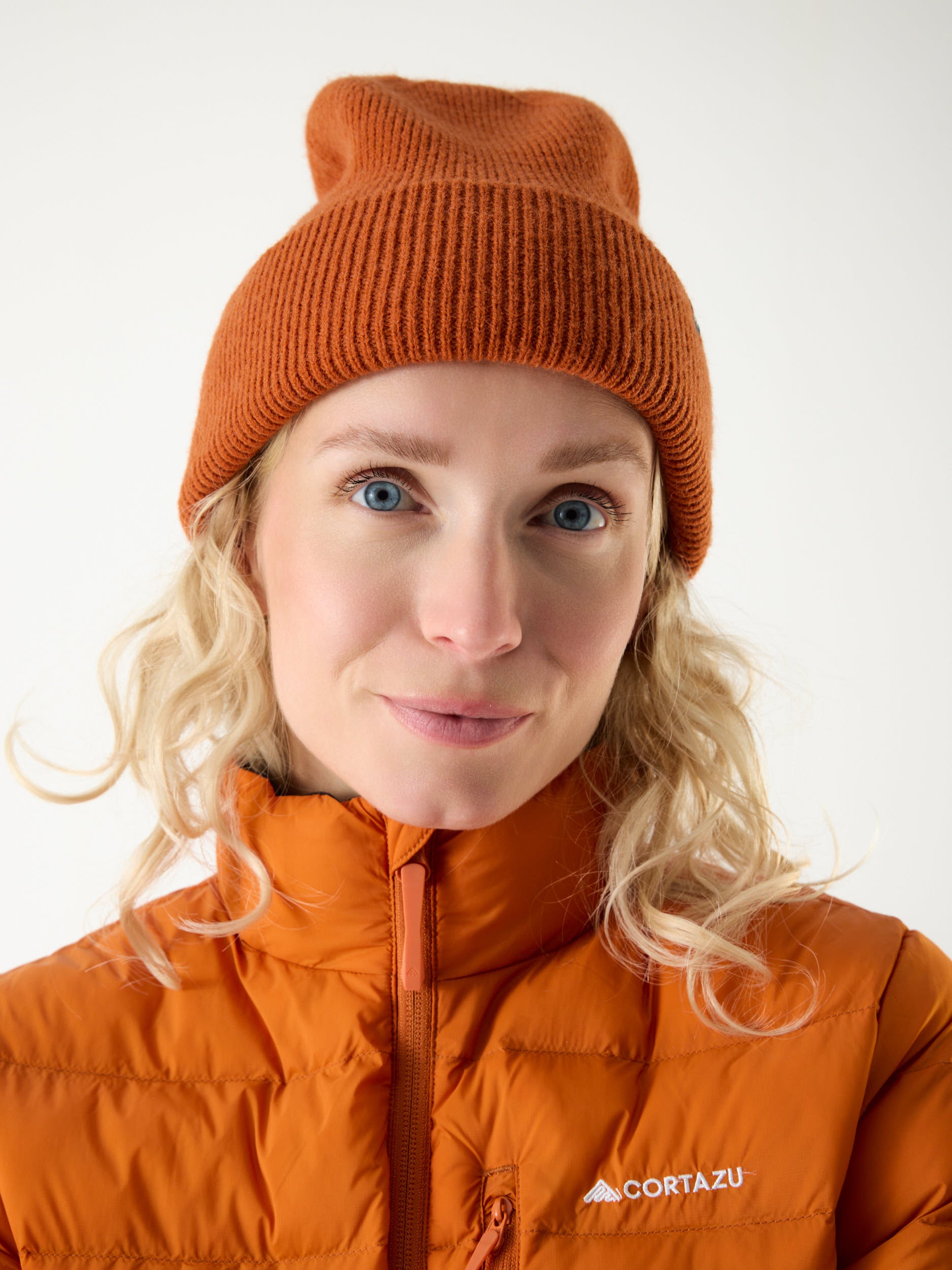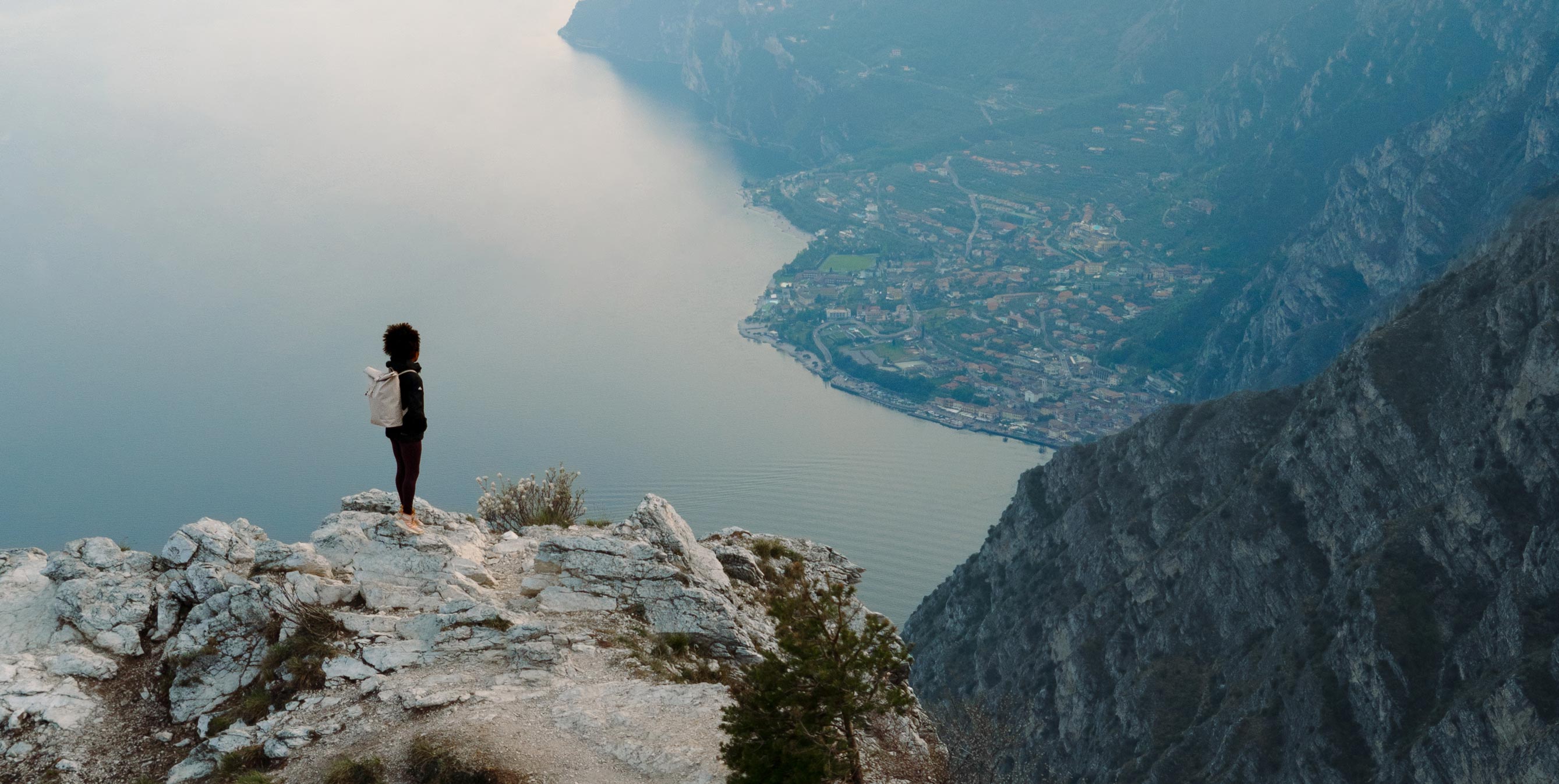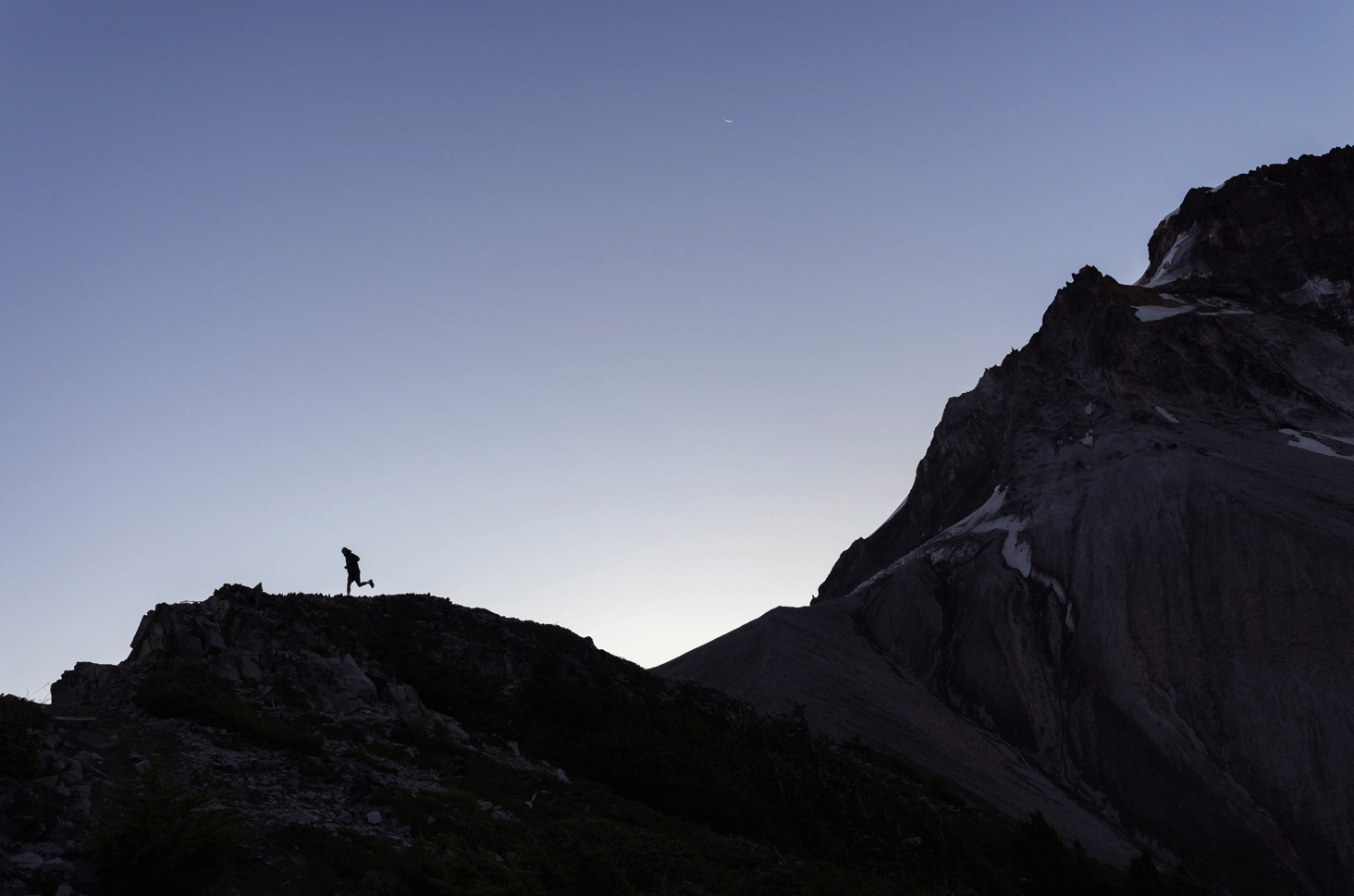Backpacking is an excellent way to explore the outdoors, whether you're a beginner or an experienced backpacker. However, packing for a trip can be challenging, especially if you're not sure what essentials to bring. Read on, and soon you'll be exploring the world worry-free with our ultimate checklist.

To get you started, this is the essential checklist of items you should bring:
- Backpack
- Portable shelter
- Layers
- Proper footwear
- Nutrition
- Navigation
- Safety items
- Other essentials: sunscreen, trekking, poles, etc.
Compared to our ultralight backpacking checklist, discussing the needs for a lightweight backpacking checklist, this blog sums up the utmost essentials that’ll guarantee a safe and fun trip for anyone going out there!
Please consider the following list as a general guideline, as you should always take into account to local temperatures and pack accordingly. The following packing tips allow you to whether most climates with the essentials that’ll benefit you in any condition. For more specific tips, check out our article on hiking in winter or our summer hiking clothing guide.
1: Choose the right backpack
A backpack is the most crucial piece of gear for any backpacking trip. Choose a backpack with a size appropriate for the length of your trip and the amount of gear you plan to bring. A good rule of thumb is to select a backpack with a capacity between 50–80 liters for multi-day trips. With 50-80 litres of packing capacity, you’ll be sure to not overpack, which will weigh down your adventure. While still having enough room for all the essentials to complete your trip with the utmost fun! Ensure that the backpack fits comfortably and snugly, distributing the weight evenly across your hips and shoulders. Don't forget to adjust the straps and hip belt for maximum stability.

2: Shelter and sleeping
Secondly, when it comes to selecting the right sleeping bag for your outdoor adventures, it's crucial to consider the climate and temperature range you'll be encountering. Different sleeping bags are designed to provide optimal insulation and comfort in specific temperature ranges.
For colder climates and winter expeditions, it's essential to choose a sleeping bag with a lower temperature rating, typically indicated by the EN (European Norm) or EN-13537 standard. These bags are engineered with advanced insulation materials and features like draft collars and hoods to keep you warm in sub-zero temperatures. On the other hand, for milder climates or summer camping trips, a sleeping bag with a higher temperature rating and enhanced ventilation options would be more suitable. These bags are designed to provide breathability and prevent overheating during warmer nights.
It's also worth considering the type of insulation in the sleeping bag, with options including down and synthetic fill. Down insulation offers excellent warmth-to-weight ratio and compressibility but may lose its insulating properties when wet. Synthetic fill, on the other hand, retains its insulation even when damp and is a better choice for wet or humid climates.
By carefully matching your sleeping bag to the expected temperature range and climate conditions, you can ensure a comfortable and restful night's sleep during your outdoor escapades. And don't forget to pack along essential repair kits and accessories like tent stakes and guy lines to address any unexpected gear issues that may arise.

3: Clothing and footwear
Choosing the right clothing and footwear is critical for your comfort and safety on the trail. Consider the weather and terrain you'll be hiking in, and pack accordingly. Bring moisture-wicking base layers, hiking boots or trail runners, rain gear, and warm layers for colder temperatures. Consider adding a mid-layer jacket, 3-layer shell jacket, or fleece jacket to your backpacking checklist to beat the rain and cold! Not all of these jackets have equal performances, or purpose. We’ve noted down the most noteworthy difference to take into account:
Mid-layer jackets
With its thermal properties, the mid-layer jacket offers warmth during chilly temperatures, making it ideal for brisk mornings, cool evenings, or high-altitude hikes. Additionally, it can be worn alone in milder climates or as an extra layer in colder environments. Its breathable and moisture-wicking properties ensure comfort and proper ventilation during active pursuits, making it a reliable companion for outdoor adventures.
Shell jackets
A shell jacket is an essential piece of outdoor gear designed to provide protection against the elements. It acts as a shield against wind, rain, and snow, keeping you dry and comfortable during your outdoor adventures. With its lightweight and breathable construction, a shell jacket is suitable for a wide range of temperatures and climates. Whether you're hiking in a misty forest, skiing down snowy slopes, or trekking through unpredictable weather, a shell jacket offers reliable protection and allows you to enjoy the great outdoors no matter the conditions.
Fleece jackets
A fleece jacket is a versatile outdoor essential that provides both warmth and comfort. Its soft and insulating fabric is perfect for chilly temperatures, making it ideal for cooler climates, such as autumn and early spring. Additionally, a fleece jacket can serve as an excellent mid-layer during winter adventures, trapping body heat and preventing cold air from seeping in. Whether you're hiking, camping, or simply enjoying a leisurely walk, a fleece jacket is a reliable companion for those cool and crisp outdoor moments.

Jackets and layering is essential, no matter the weather. If you’re unsure about which jacket or what type of insulation you need, check out our blogs on hardshell vs. softshell jackets and our layers guide.
4: Food and water
Staying hydrated and nourished is essential for survival. Ensure that you have a reliable water filter, hydration system or bottles, and food storage containers. Bring enough food and snacks to fuel your body during the trip. Don't forget to pack a small stove, a fuel source, and cookware if you plan to cook your meals on the trail.
5: Navigation and safety
You'll need essential items for navigation and safety on the trail. Include a map and compass, GPS device, headlamp or flashlight, first-aid kit, and emergency whistle in your backpacking checklist. Bring extra batteries and a repair kit for your navigation devices.
6: Other essentials
Consider additional items that may be useful or necessary for a backpacking trip. These may include insect repellent, sunscreen, trekking poles, and a multi-tool or knife. Don't forget to pack a trash bag and a bear canister if required in the area you're hiking.

Useful backpacking tips
Packing efficiently is key to a successful backpacking trip. Pack lighter items at the bottom of the backpack and heavier items closer to your back. Use compression sacks or packing cubes to organize your gear and make it easier to pack and unpack. Use the space inside your shoes to store small items. Additionally, plan your backpacking trip well in advance by choosing a destination, obtaining necessary permits, and checking weather and trail conditions. When you want to go all out, and living minimum impact on the environment you’re enjoying, read how to lower your impact on the outdoors.
Don't forget to check out our hiking accessories and visit our Hiking and Everyday Life page for more information on how to get a head start for your next hike!


